
It all starts with a dream and a plan to buy some land, or move into a homestead out in the country, all of a sudden having more land than you know what to do with, and what is the first thing you do?
You get chickens.
A whole flock of egg-laying birds that are the promise of many wonderful breakfasts and pancakes to come.
But you can’t live on eggs alone, so most people will decide to take it one step further and plant a garden. This gives you access to fresh greens and vegetables galore – possibly even allowing you a way to make a profitable side income from your homestead.
If you have a green thumb, then you have been graced with a gift that gardening comes oh, so naturally. For the rest of us, gardening will take further knowledge, dirty hands and a bit more work.
Say you’ve only grown houseplants, which are more beautiful than edible, in which case there are definitely a few things you should learn, before you start planting your landscape.
It is important to trust in the process, and it is more than okay to learn as you go, picking up new plant and gardening knowledge along the way.
Learning the basics
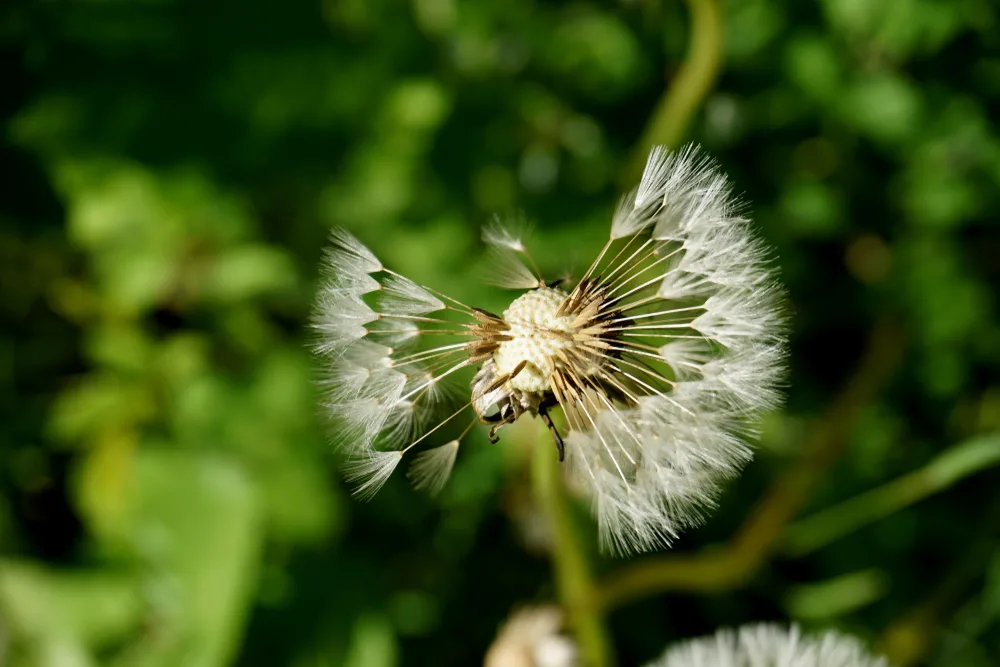
The simple goal of a plant, perhaps like that of a human, is reproduction.
In order to achieve this, they need to flower and make seeds, often times producing hundreds, even thousands, for that “just in case” event.
We tend to think of plants as having easy lives. They have no schedules but their own, low levels of stress, and no tiring relationships to deal with. Yet, they have plenty of difficulties that we cannot even fathom.
Plants have to withstand all weather conditions that include freezing rain and drought. They stand in the hot sun, their roots get soaked for hours on end, some are greedily eaten by insects and others are categorized as weeds and ripped out of the ground, well before they have done anything but turn green.
See, when you come to think about it, we all face challenges in life. Here is the quickest way to understand all 3 plant types:
Annuals are planted as seeds, emerge in the spring and die back in fall or winter.
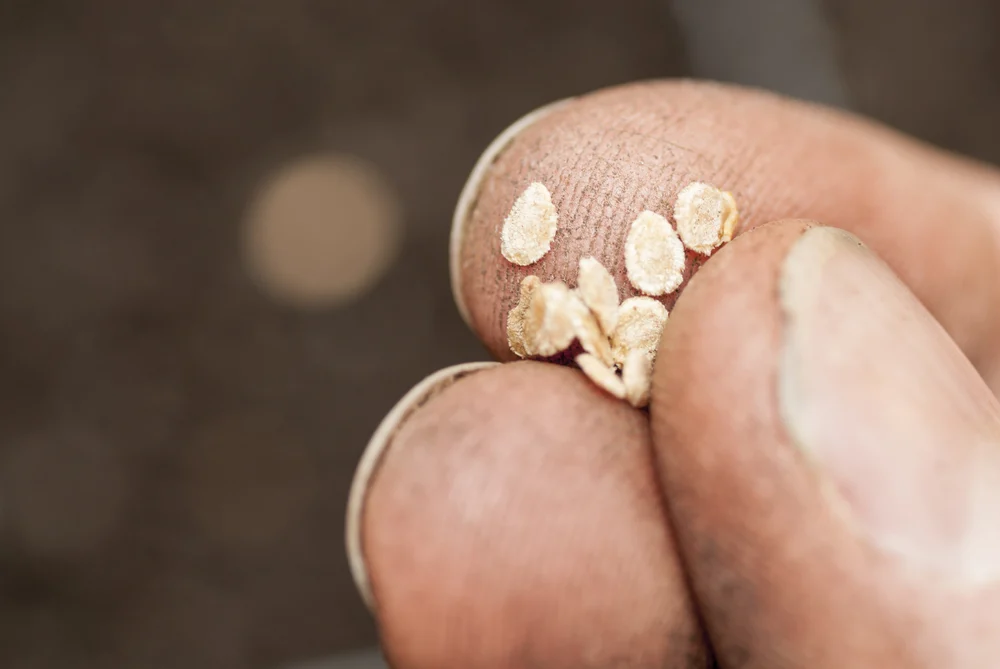
In order to keep the life cycle going strong, you will need to save those precious seeds for the next growing season – each and every year. Cucumbers and tomatoes are a great example to this.
Biennials become established in the first year, then they produce seed and die in the second year.
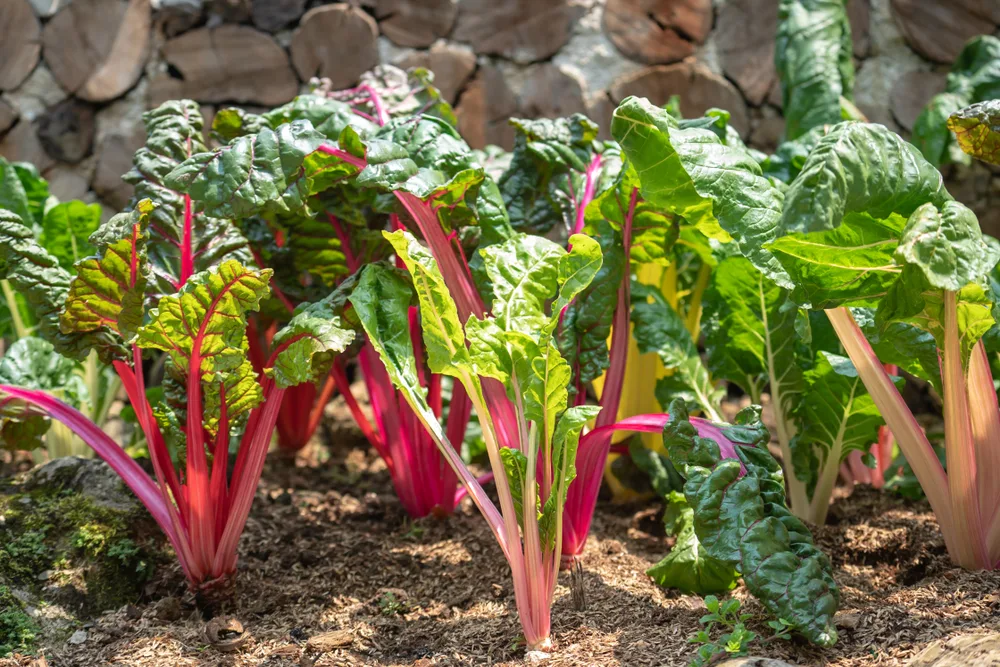
It is true that biennial plants can be treated as annuals. For example, Swiss chard is considered a nutritious biennial.
Under normal growing conditions, it will not attempt to produce seeds in the first year (though it may try if it experiences drought-like conditions). In winter, it will die back to the roots. When the ground is covered with mulch, it will reemerge in spring, then send up a flower stalk in summer, from which you can save seeds.
Some gardeners prefer to buy new seeds every year, thinking that is the reliable way to go. In that case, an annual it is.
Perennials live for more than 2 years and produce seed most every year.
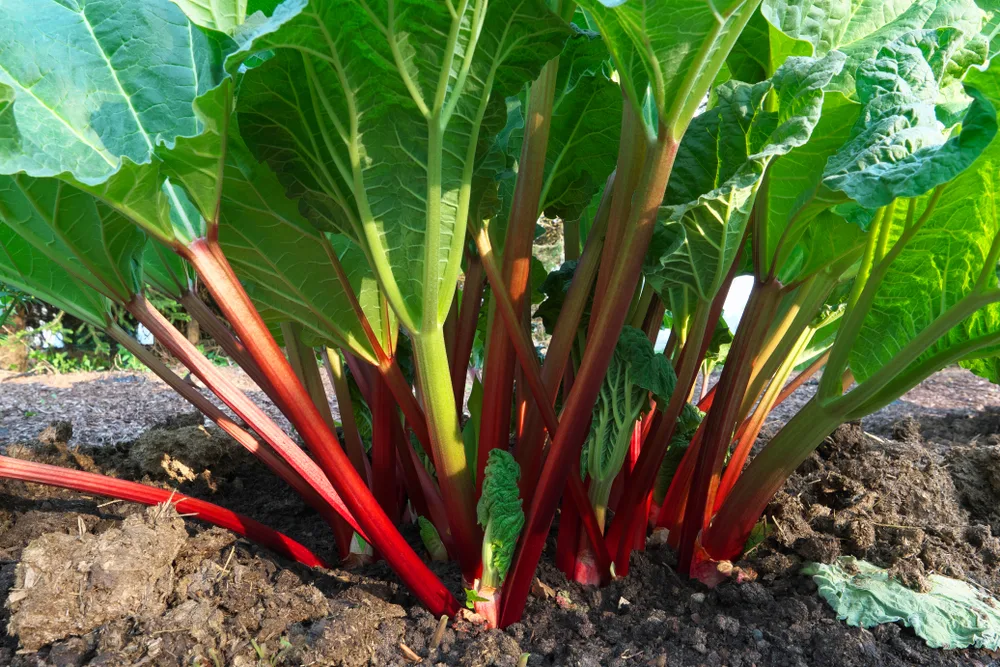
With many perennials you can plant once and harvest for decades.
Think of grapes, rhubarb, asparagus and apple trees. For perennials, longevity is key, but you must provide them the space and quality soil that they need.
Read Next: 18 Perennial Veggies To Plant Once & Harvest For Years
The reason you need to know the difference between annuals, biennials and perennials, is that it matters greatly when you design your landscape and/or garden. Some plants can be rotated yearly, while others will remain rooted to where they stand.
You also need to know what to expect in terms of harvests and seed production, in order to plan the canning and preserving of items for your pantry.
Let’s dig a little deeper to discover more differences between these three types of plants.
The beauty of annuals
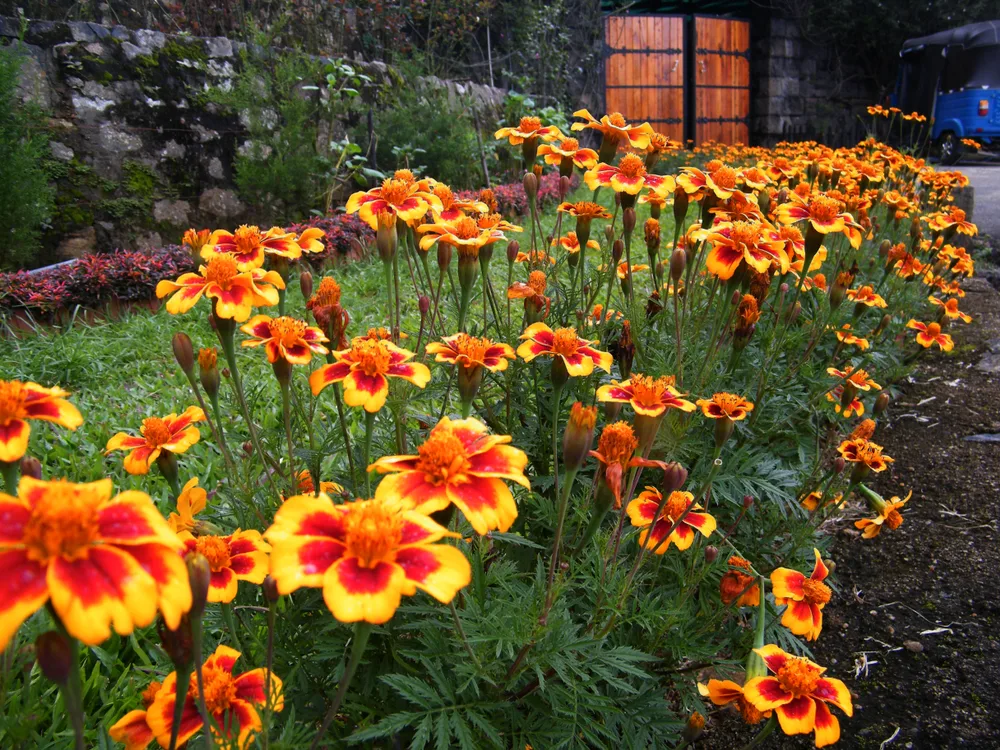
Annuals tend to have more vibrant colors, and they are what every beginner gardener is most familiar with. They can be vegetables, herbs or flowers – which can attract butterflies, bees and other pollinators.
Some love the shade, others bask gleefully in the full sun.
Here are some of the most common annuals for your garden and beyond:
- Broccoli
- Beans
- Peas
- Nasturtiums
- Corn
- Watermelons and sugar melons
- Pumpkins
- Tomatoes
- Potatoes (can be grown as a perennial)
- Arugula
- Lettuce
- Basil
- Zinnia
- Marigolds
- Grasses – including grains and rice
There are far too many annuals to list here, though it may give you an idea about what seeds you may need to purchase for planting next spring.
Out of the three types of plants, annuals are the most sensitive to cold. As such, they often thrive in warmer temperatures and have been divided into sub-groups based on how they can thrive when given the chance.
Hardy annuals
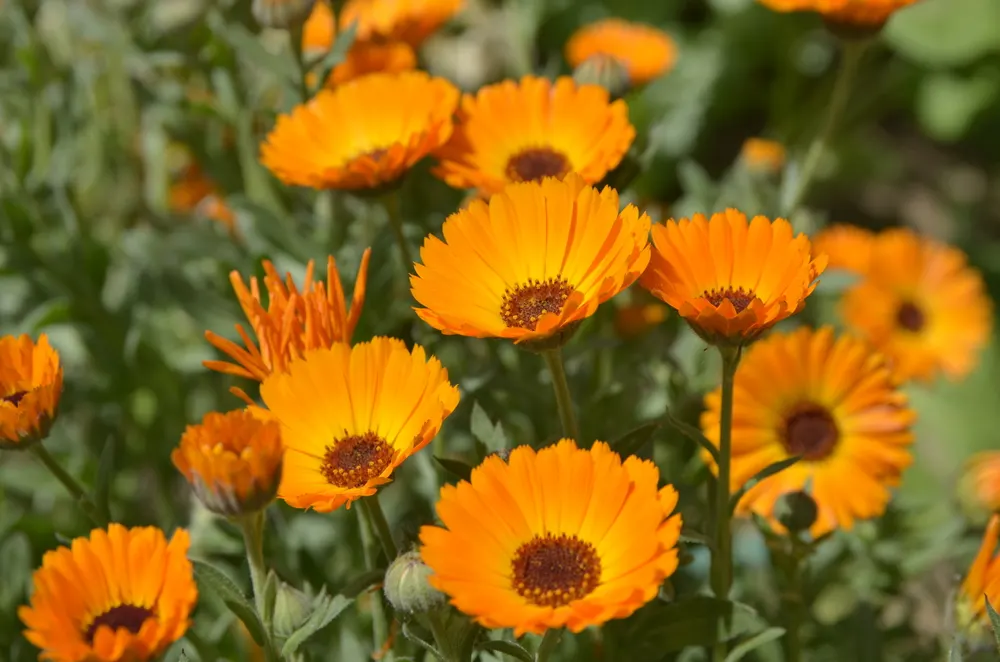
The hardiest annuals go through their entire life cycle in one season and are generally sown directly outside. They can withstand cold soil and frosts, though they will not survive the winter.
Common hardy annuals are foxglove, sweet alyssum, calendula and pansies.
Half-hardy annuals
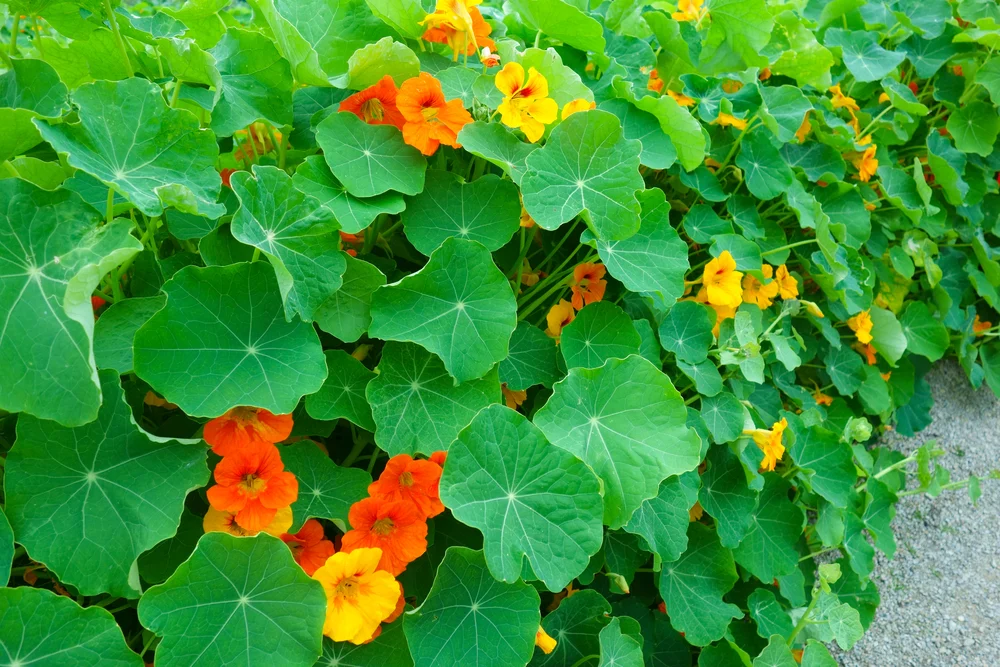
They are less tolerant to cold than those listed above, though they can withstand light frosts. Since they don’t like to sit in freezing soil, the seeds are often started in a greenhouse, 4-8 weeks before the last frost date. This ensures that they will flower for a good part of the summer.
Cosmos, zinnias, nasturtiums and petunias belong to this group.
Tender annuals
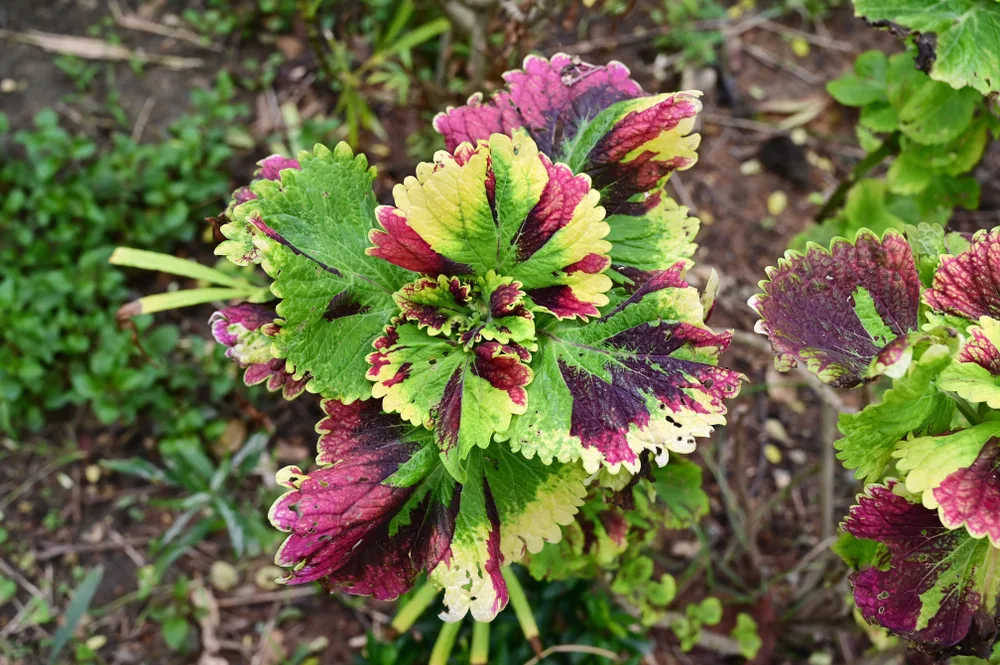
These plants are just as sensitive as they sound – they are quite intolerant to the cold. If you are someone who always has cold feet, then you know exactly what we are talking about here. Not only do they need warm soil for growth, they also need warm air in which to thrive.
Begonia, Vinca, Salvia, Impatiens and Coleus are all flowers in the group belonging to tender annuals.
If the climate is too cold where you live, many annuals can be grown indoors, or in a greenhouse.
The productiveness of biennials
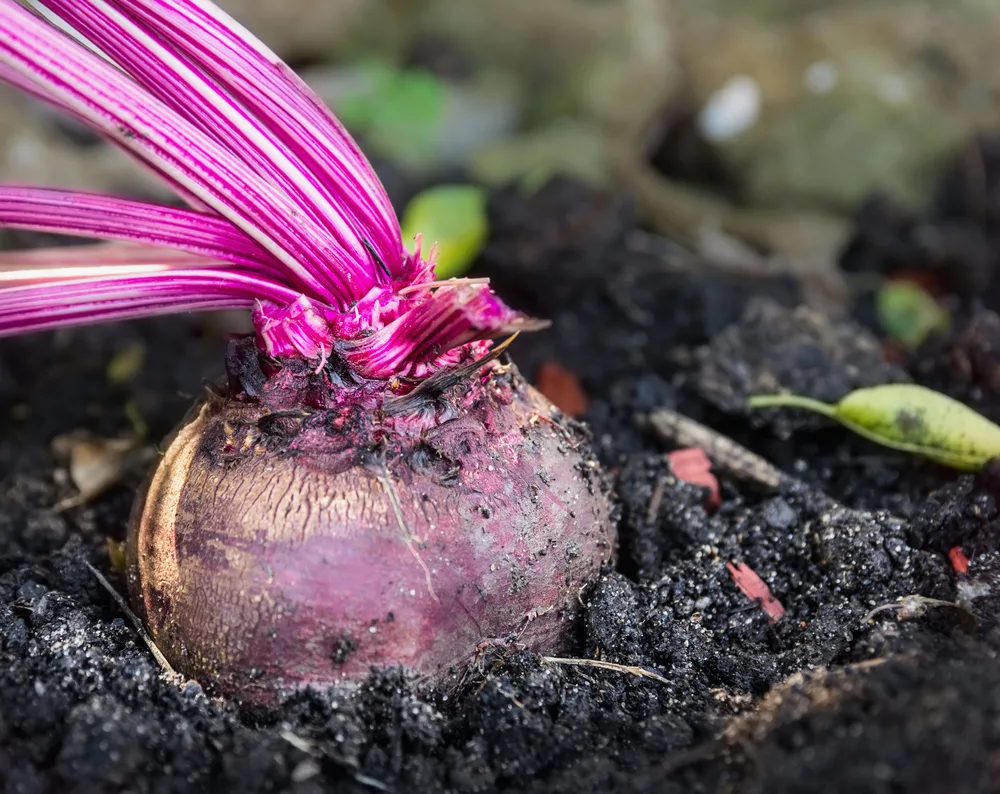
Biennial plants reach their reproductive stage in the second year.
Most of the time, we may be confused as to what plants are actually biennials, because we commonly (and unknowingly) treat them as annuals.
This includes carrots, parsnips, parsley, cabbage, celery, beets and Brussels sprouts for starters.
Other biennial plants include:
- Fennel
- Angelica
- Kale
- Clary sage
- Common mullein
- California poppy (can also be an annual or perennial depending on location)
- Black-eyed Susan
- Forget-me-not
- Hollyhock
- Foxglove
- Canterbury bells
If you are looking for seeds in the first season, you won’t stand a chance of finding them. It is an eye-opening and wondrous experience to leave biennials in the ground over winter and wait for the flower stalks the following summer. It is surprisingly beautiful and entirely amazing!
What does happen in the first year of life, is that the seeds germinate, growing in a small rosette of leaves.
Biennials have complex flower structures which take lots of energy to produce. They also happen to produce large amounts of seeds, which happens in their second year of life before they die back completely.
Take for example, dill weed. While not technically a perennial (it is indeed a biennial) it can act as one because it is so diligent at producing seeds and dropping them to the garden floor, that it is hard to distinguish one season, or another plant, from last year’s harvest.
A side note: dill seeds are fantastic for use in cooking! Use them instead of caraway or cumin in any dish.
The self-reliant perennials
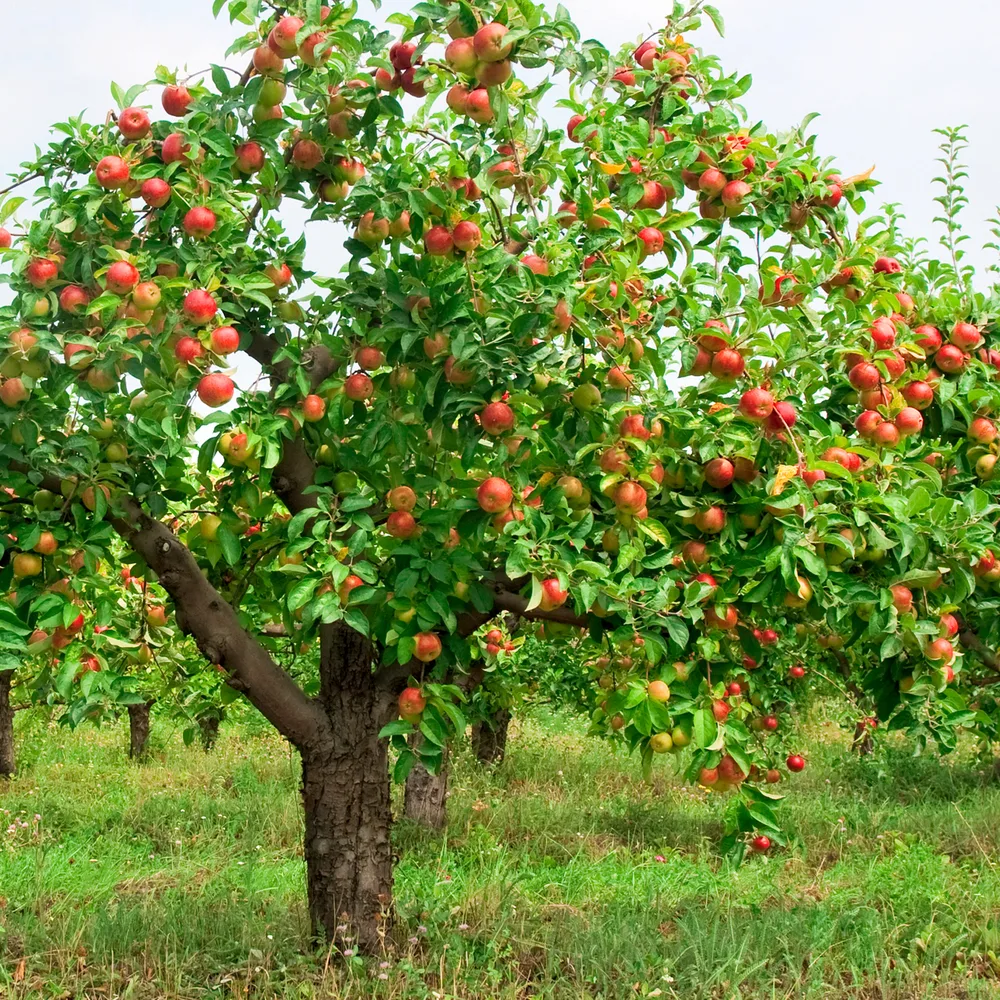
Perennials will continue to produce fruit and greens, season after season for many years after their initial planting. Of course, there is the initial investment, though the rewards are always long-lived.
Just like annuals and biennials, perennials also produce flowers that form seeds, that is, if they are successfully pollinated.
An apple tree can have hundreds of thousands of blossoms, more than any army of bees and other winged pollinators can handle. It is partly up to chance how many of them will turn into fruit, and that chance will change each spring.
High winds and extended rain can have a detrimental effect on the amount of flowers that get pollinated every year, though that is part of the beauty of growing perennials in your garden.
Compared to annuals and biennials that are more finicky in regards to care provided by you, perennials often take the self-care responsibility on themselves.
Why plant more perennials?
There are several reasons for wanting to fill your garden with long-lived perennials:
- They require less work – once perennials get growing, all you have to do is keep the “weeds” back, perform some basic regular pruning and enjoy the crop when harvest time rolls around.
- To increase your food production – perennials are often some of the first foods to emerge in the spring (ramps, chives, rhubarb and sorrel come to mind) and they are also some of the last harvested foods of the season (pears and apples).
- Deeper roots = less watering – since perennials stay put in the ground, they are able to extend their roots deeper into the soil. If you live in an area that experiences drought, perennials may be the key to your gardening success.
- Soil improvers – when you stop disturbing the soil, such as in no-dig gardening, you will improve the health of your soil every season.
- Nutrient gatherers – the deeper roots of perennials will help to bring essential nutrients closer to the surface of the soil. This, in turn, favors the germination of annuals and biennials.
Not only do perennials benefit the soil and wildlife in general, they also bring a sense of beauty and permanence to the garden too. That is something you cannot put a price on.
There are 3 main types of perennials which we’ll now explore further.
Herbaceous perennials
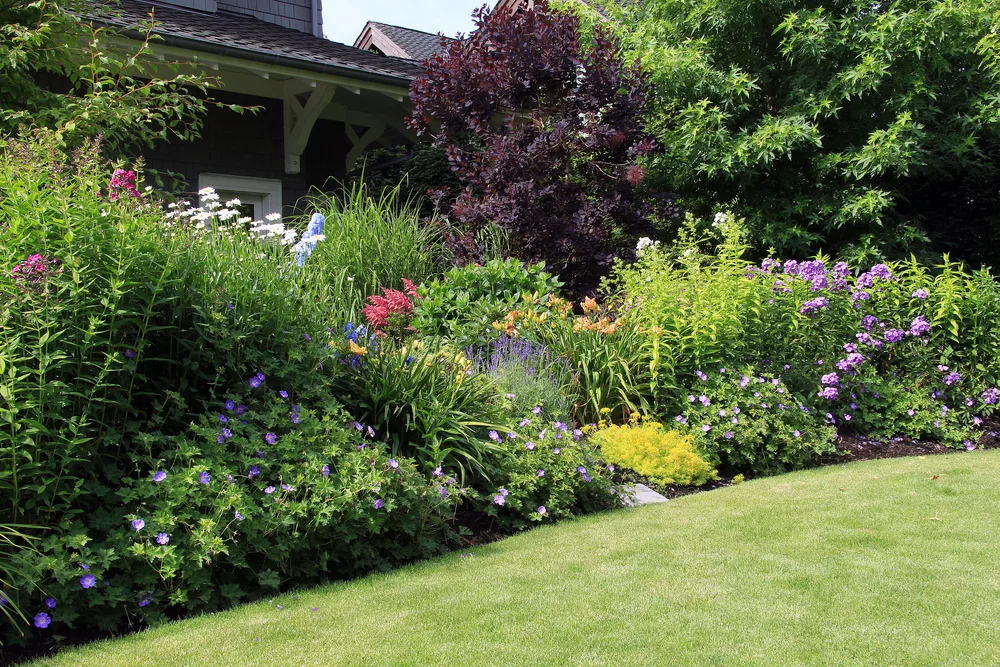
Different from trees and shrubs, herbaceous perennials have non-woody stems that reach to their full height every year, then die back to the root zone at the end of the growing season.
The following year, they will reemerge again and start the process anew.
Some herbaceous perennials are edible, others are considered herbs, while the rest are beautiful flowers with a purpose to support the diversity of nature. They all have importance in a balanced ecosystem.
There are shade-loving perennials such as bleeding hearts, astilbes, hostas, violas, ferns, dead nettles, coral bells (Heuchera), lungwort, Solomon’s seal, lily of the valley and certain irises.
And there are even more sun-loving perennials such as yarrow, geraniums, Russian sage, peonies, chrysanthemums, edible daylilies, coneflower, verbena, sedums and hollyhocks.
Herbaceous perennials tend to be colorful and extremely fragrant, so if you are trying to attract bees into your garden, consider planting as many as fit into the borders, along the fence line and everywhere in between.
Here’s our big list of beautiful perennials that thrive in shade or sun.
Woody perennials
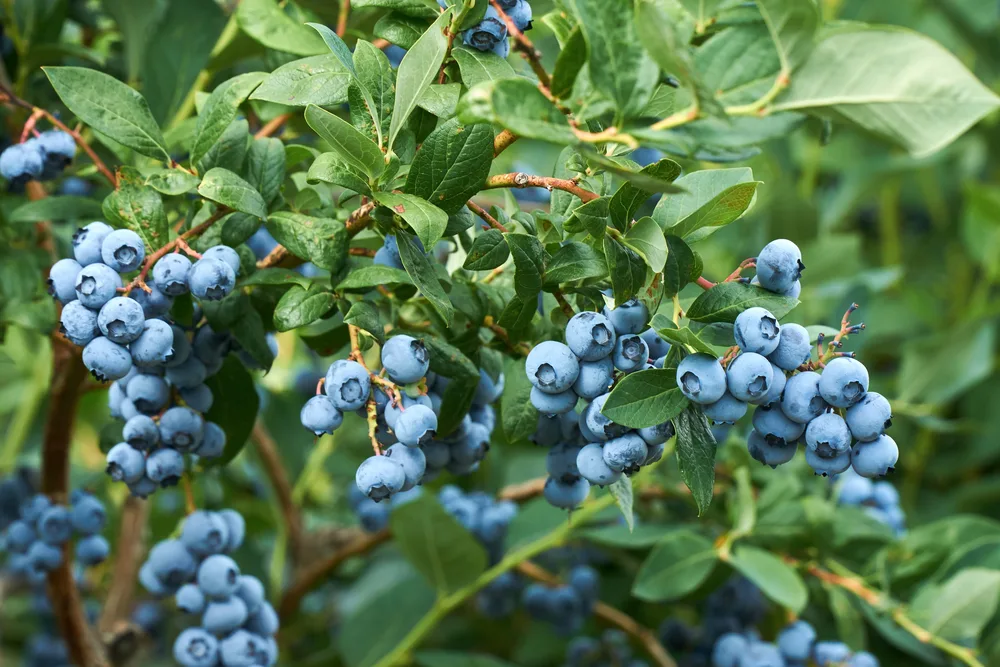
Deciduous, meaning that they lose their leaves once a year, or evergreen woody perennials can live for several decades – some can even outlive you!
Not only are they the backdrop of the garden, larger, woody perennials can also provide significant shade from the summer sun. The Earth can never have too many trees!
More than the visual interest that they show in all seasons, fruit and nut trees are also beneficial for birds, squirrels and insects alike. Many woody perennials can provide sustenance for wildlife all winter long – just remember when harvesting to only take your share.
It may turn out that some of your favorite fruits actually come from woody perennials:
- Cornelian cherry (Cornus mas)
- Cherries (Prunus cerasus)
- Peaches (Prunus persica)
- Apricots (Prunus armeniaca)
- Plums (Prunus subg. Prunus)
- Mulberries (Morus alba and Morus nigra)
- Figs (Ficus carica)
- Grapes (Vitus vinifera)
- Raspberry (Rubus idaeus)
- Blueberry (Cyanococcus)
- Gooseberry (Ribes uva-crispa)
- Currants (Ribes)
- Serviceberries (Amelanchier)
See anything you like on that list? Find out if it will grow in your area, then take the initiative to plant it!
Semi-woody perennials
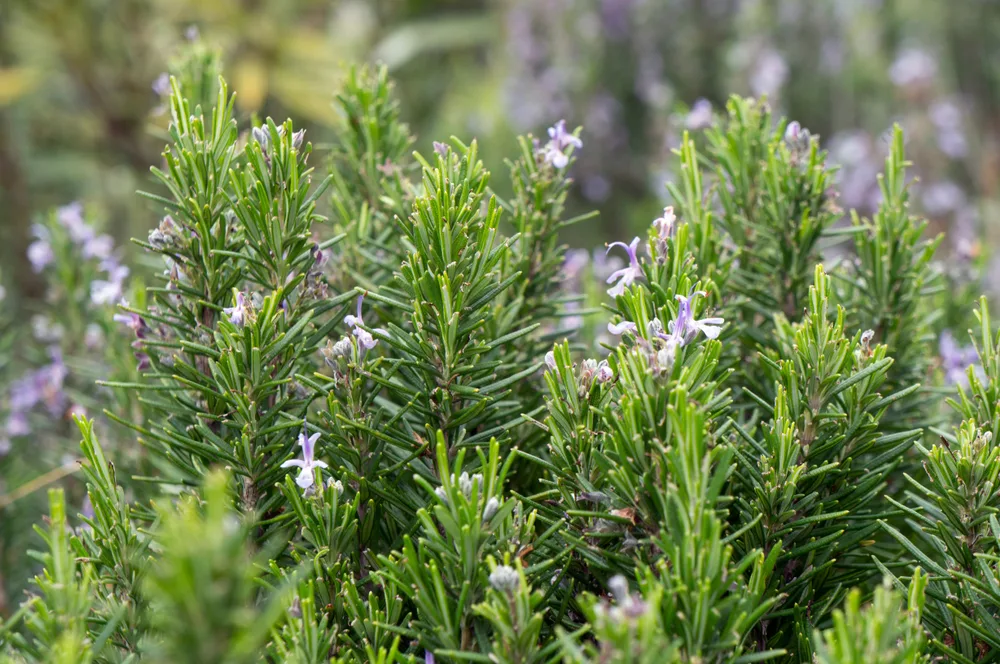
Unlike trees with a thick outer bark, some plants are considered semi-woody. Lavender and rosemary are perennial herbs that fall into this category.
Vines such as hops, wisteria and climbing hydrangea also belong here.
If you start adding a few perennials to your garden every year, soon you will find yourself amidst a growing food forest.
Plant perennials wherever you have space for them.
And if they become too large, you can always dig them out and transplant them somewhere else, give them away, or divide them. There are so many ways to deal with perennials, you’ll just have to find what works best for each individual one.
Resources for planting a perennial garden
You don’t need a degree in horticulture or experience in landscape architecture to plant a garden, but you do need to have the passion for taking care of plants.
With that in mind, where do you get started with creating a perennial garden? For starters, make a list of all the plants that you think you would like to grow.
Here’s a good list of veggies to get you started.
It may start out small, but trust me, it will grow. Once you start to see results and happy crops, you’ll be planting more and more – and that list will be longer than ever!
Get a good book on garden design.
This one is excellent for beginners: Gardentopia: Design Basics for Creating Beautiful Outdoor Spaces by Jan Johnsen
Then delve deep into permaculture.
Find out how to work with nature, not against her, as you build soil and harvest healthy, abundant crops.
There is plenty to read online, though if you enjoy the thrill of flipping pages (an activity that allows you all the time in the world to be offline), this is a wonderful book to start with: Gaia’s Garden: A Guide to Home-Scale Permaculture by Toby Hemenway
Read more about perennials
Annuals and biennials definitely deserve space in your garden, though if you have space to fill, perennials will fill it! They are big, strong and busy, and there is no denying their diversity.
Books are the next best way to learn about gardening, outside of getting your hands in the dirt and learning it first-hand. Here are 2 books on perennials that are a must in your gardening library:
Perennial Vegetables: From Artichoke to Zuiki Taro, a Gardener’s Guide to Over 100 Delicious, Easy-to-grow Edibles by Eric Toensmeier
The Well-Tended Perennial Garden: The Essential Guide to Planting and Pruning Techniques by Tracy DiSabato-Aust
Other ways to learn more about annuals, biennials and perennials include visiting a local nursery – taking notes and asking questions, sign yourself up for a gardening class, but most of all, just get your hands muddy and see what happens.
The big question is, what will you plant first?

Get the famous Rural Sprout newsletter delivered to your inbox.
Including Sunday ramblings from our editor, Tracey, as well as “What’s Up Wednesday” our roundup of what’s in season and new article updates and alerts.

